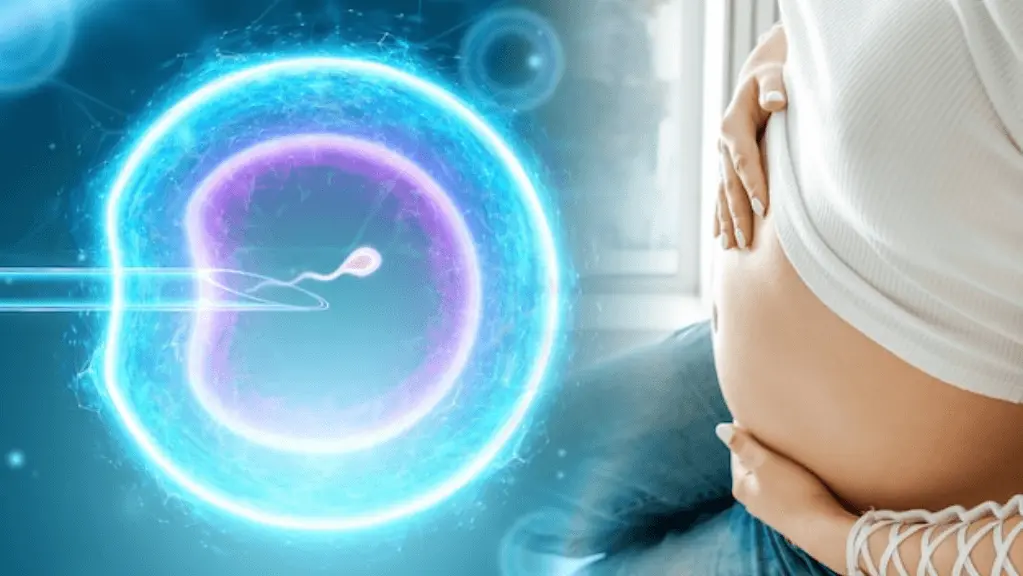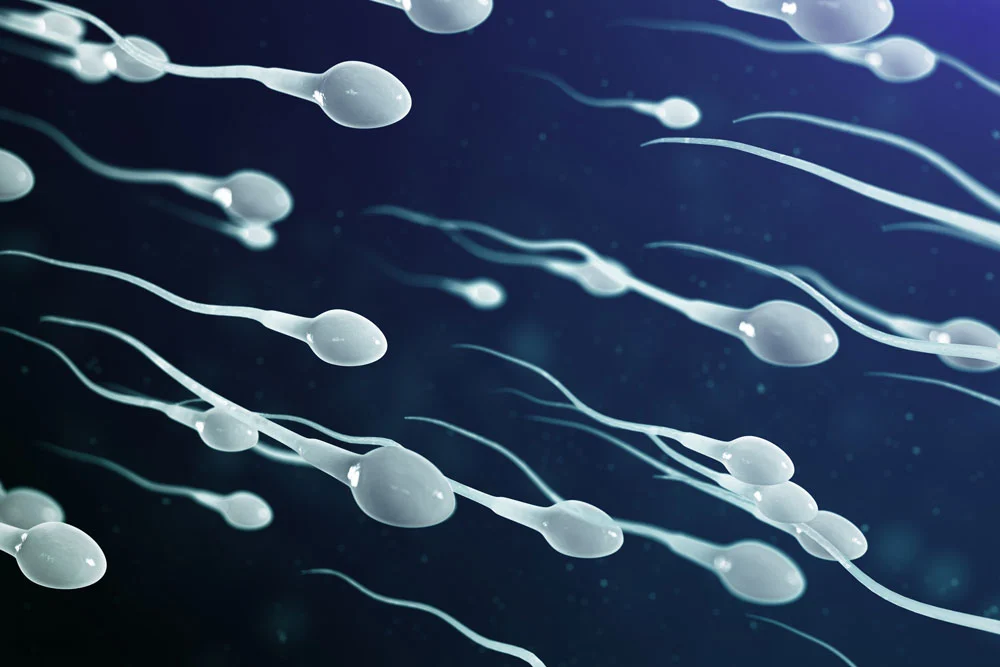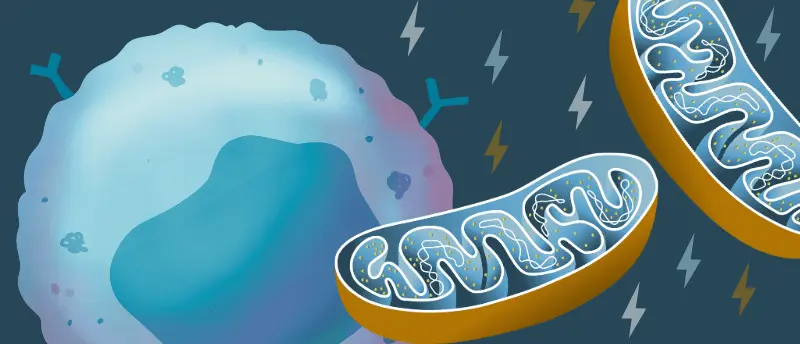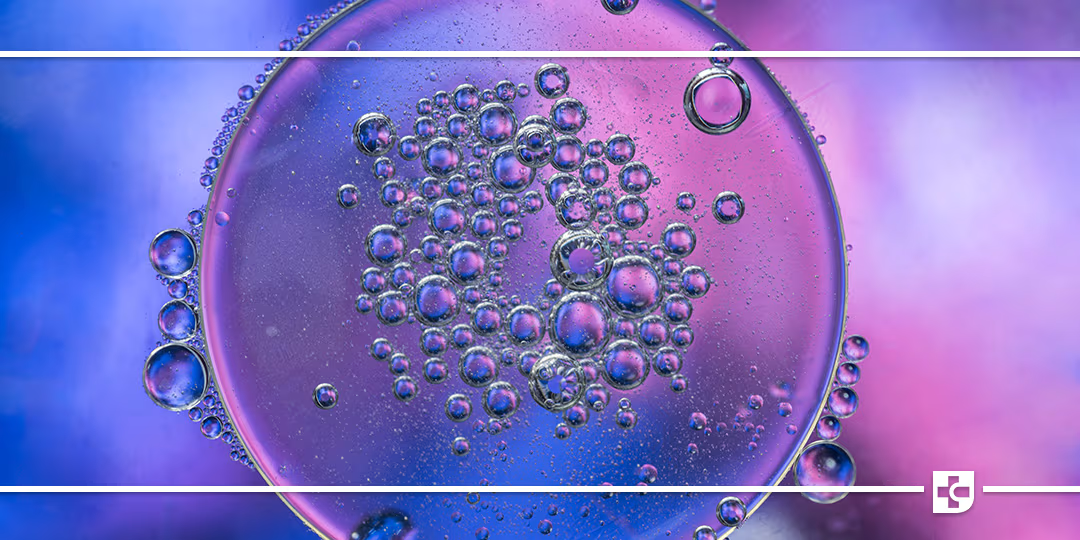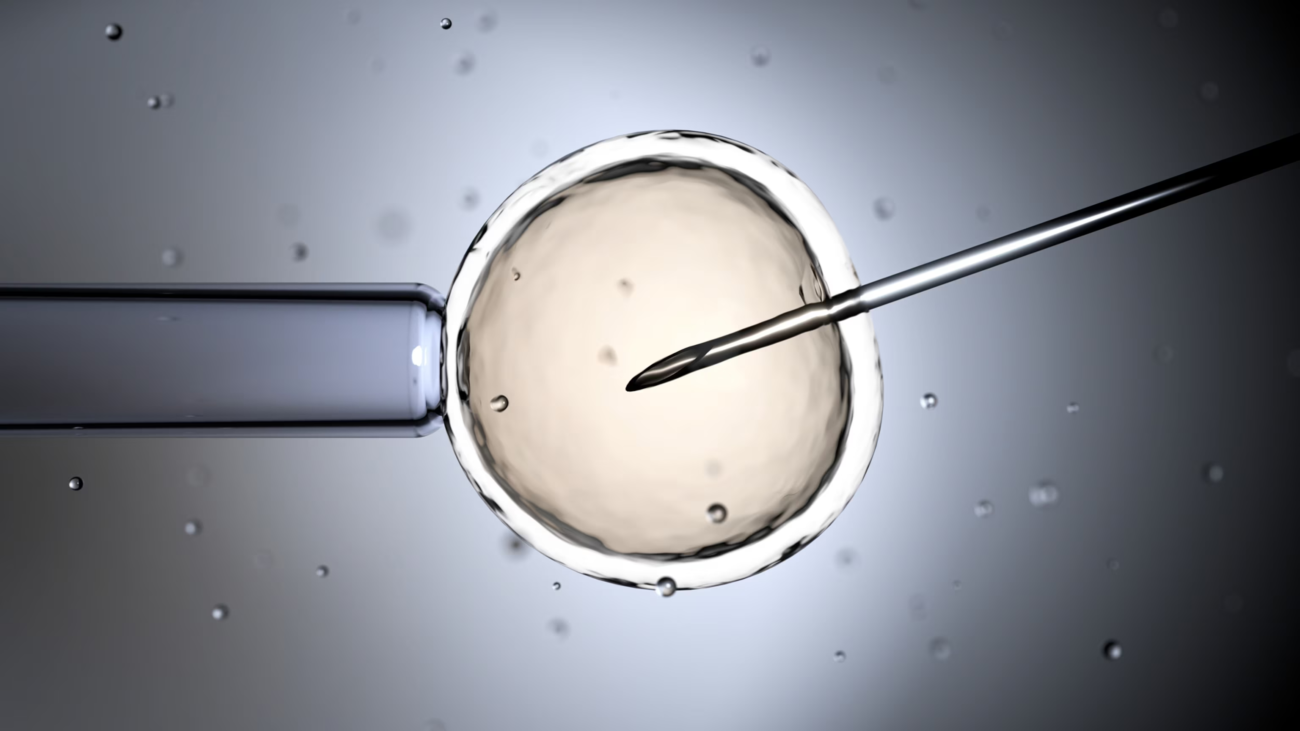In the world of assisted reproductive technology (ART), the method of embryo transfer plays a crucial role in the success of in vitro fertilization (IVF) treatments. While fresh embryo transfers have traditionally been the go-to option, frozen embryo transfer (FET) is gaining significant attention for its unique advantages. FET involves freezing embryos after fertilization and then thawing them for transfer at a later date. This approach offers several benefits over fresh transfers, including enhanced flexibility, improved success rates, and reduced risks for both the mother and the baby. In this blog, we will explore why FET may be the preferred option for many patients and how it compares to traditional fresh embryo transfer methods as a Saga Clinic.
How FET Works and When It’s Recommended
Frozen Embryo Transfer (FET) involves several key steps. First, embryos are created through in vitro fertilization (IVF) and then frozen for future use. After the embryos have been thawed, they are transferred into the woman’s uterus during a specific window of time, typically following hormone preparation to ensure the endometrial lining is ready for implantation. FET is often recommended when there are multiple embryos from a previous IVF cycle that can be stored for future attempts, or in cases where the woman’s body may need time to recover from the initial egg retrieval procedure. It is also used when fresh transfers are not ideal due to factors such as ovarian hyperstimulation syndrome (OHSS) or to give the body time to rest before implantation. FET has proven to be particularly beneficial for patients who may face medical or logistical challenges that make immediate embryo transfer less favorable.
Success Rates: Frozen vs. Fresh Embryo Transfers
Success rates for Frozen Embryo Transfer (FET) have shown significant improvements in recent years, often surpassing those of fresh embryo transfers. One of the key reasons for this is the ability to transfer embryos at a more optimal time. With FET, the woman’s body can be prepared hormonally for a better environment for implantation, whereas fresh transfers are done immediately after egg retrieval, which can sometimes lead to a less favorable uterine lining due to the hormonal fluctuations caused by the stimulation cycle. Additionally, freezing embryos allows for more careful selection, as only the healthiest embryos are typically chosen for thawing and transfer. Studies have indicated that FET cycles have a slightly higher success rate compared to fresh cycles, particularly for women who have undergone multiple IVF attempts or those who are older. Moreover, FET is associated with a lower risk of complications such as ovarian hyperstimulation syndrome (OHSS), making it a safer and potentially more successful option for many patients.
Preparing Your Body for a Successful FET Cycle
Preparing your body for a successful Frozen Embryo Transfer (FET) cycle involves several crucial steps to optimize your chances of implantation and pregnancy. The process typically starts with hormonal therapy to prepare the uterine lining. Estrogen is prescribed to help thicken the endometrial lining, making it receptive for the embryo. In some cases, progesterone is added to support the lining further and mimic the natural hormonal environment needed for a successful implantation. Monitoring through blood tests and ultrasounds ensures that the uterine lining is at the ideal thickness and that the timing for embryo transfer is perfect.
Additionally, it is essential to maintain a healthy lifestyle throughout the preparation phase. Eating a balanced diet, staying hydrated, avoiding excessive stress, and refraining from smoking or drinking alcohol are all key factors in improving fertility and ensuring a smooth cycle. Some fertility clinics may also recommend acupuncture or other complementary therapies to promote blood flow to the uterus and improve implantation chances. By following these steps, you create the best possible environment for the frozen embryo and increase your likelihood of a successful FET outcome.

